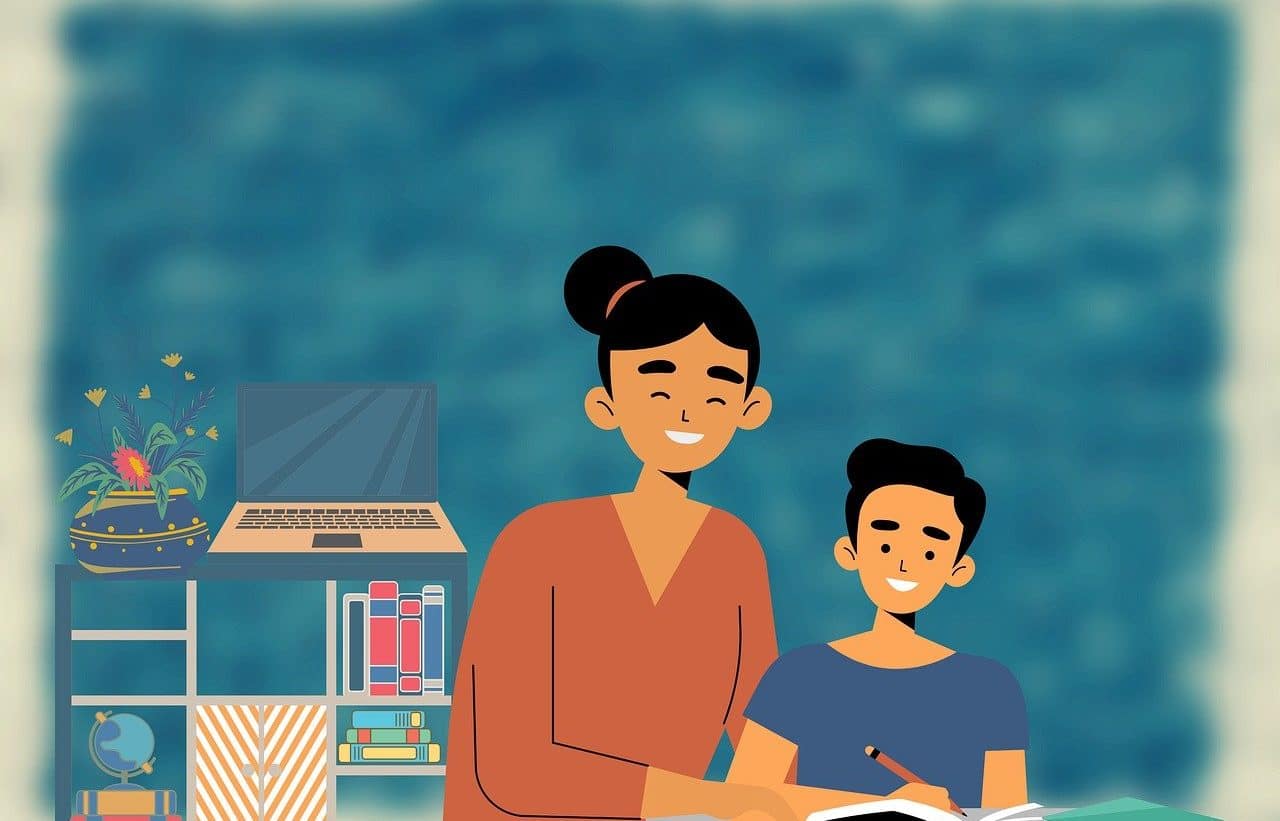
Pygmalion is a mythological character from Ancient Greece.
Pygmalion is the name of a mythological character, whose origins date back to Ancient Greece . According to the myth , it was about a monarch who, after not finding the ideal woman to marry, chose to develop sculptures that would allow him to replace the female presence as a life partner.
The story goes that Pygmalion ended up falling in love with one of his creations, named Galatea . The goddess Aphrodite was moved by Pygmalion 's wish (reflected through a dream the king had) and granted life to the sculpture, transforming Galatea into a human being .
"Pygmalion" by George Bernard Shaw
This myth had various representations in theater and cinema. One of the most popular plays based on the story, simply titled "Pygmalion" , was written by Irishman George Bernard Shaw in 1913 , an author who would win the Nobel Prize for Literature years later.
In Shaw 's story, which takes place in London, a phonetics professor ( Henry Higgins ) meets by chance a florist ( Eliza Doolitle ) who has a very low level of education. Higgins bets a friend that he can turn Eliza into a real lady in just six months, and thus begins a very interesting plot in which the interests of each party are revealed, who will not be able to escape the consequences of their obsessions and secrets. It is a very particular vision, which has been the inspiration for successive works in various media, such as the film "My fair lady" , starring Audrey Hepburn .

The Pygmalion effect is common in the educational field.
The importance of influence
The Greek myth, on the other hand, is taken to explain a phenomenon known as the Pygmalion effect , which maintains that what one subject thinks about another can have an influence on the performance of this second individual.
The Pygmalion effect can manifest itself in different ways. A teacher may have certain expectations of his or her students, ultimately determining student performance through his or her predictions. The Pygmalion effect can also appear when a person manages to achieve their expectations based on their conviction that they can do so.
It is important to note that the Pygmalion effect can be negative (when expectations affect the person's self-esteem ) or positive (forecasts raise self-esteem).
The Pygmalion effect in education
The Pygmalion effect in the educational field occurs too frequently and is negative for the "chosen" students and for the rest. As stated in a previous paragraph, one of its manifestations occurs in the classroom, when teachers place on certain students a series of expectations about their academic performance. The first problem to highlight with this phenomenon is that these students do not ask to be treated with favoritism, although, after a while, they begin to enjoy it and need it .
When teachers "decide" that certain students will be the best in the class, even if it is an unconscious process, they begin to treat them in a special way, with more patience, they subtly push them towards success , feeding their ego disproportionately because of not require as much effort and dedication from them as from the rest. Consequently, these students constantly improve their performance, surprising those around them with each answer, with each grade, and feeding the fantasy of their teachers.
One of the main negative consequences of the Pygmalion effect in educational centers is the envy that it sows in ignored students towards favored ones: on the one hand, the former feel diminished by their teachers, they believe that they are not capable enough to make them proud of their performance and this may result in them stopping trying; The latter, for their part, suffer from envy but cannot allow themselves to reject the praise of their teachers and elders, which is why they develop attitudes that will hinder their social insertion in the future.
